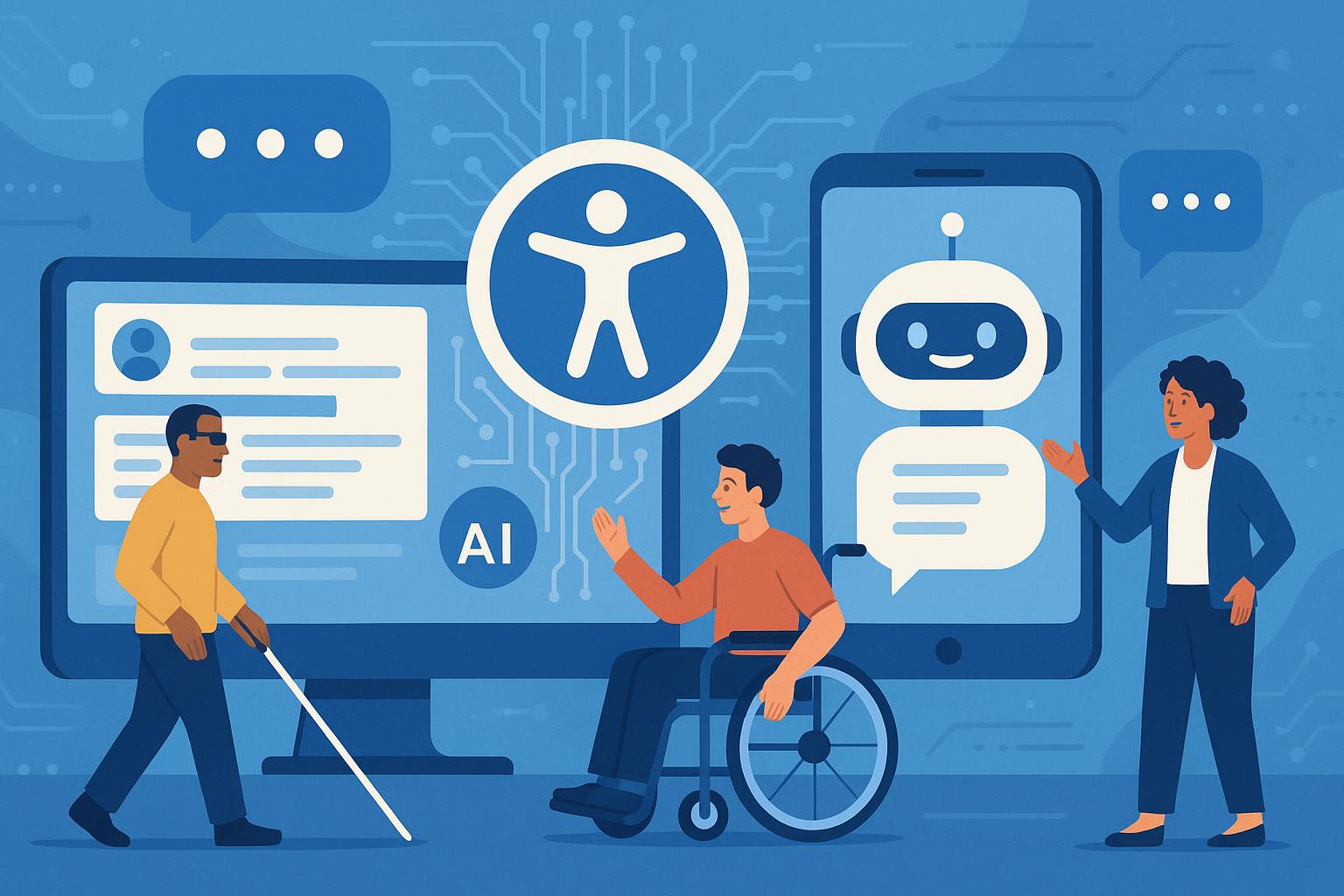Revolutionizing Legal Client Intake with Chatbots
The legal industry, known for its adherence to tradition and meticulous attention to detail, is undergoing a transformative shift thanks to advancements in artificial intelligence (AI) and machine learning. Among the most impactful innovations are chatbots, which are redefining how law firms manage client intake—a critical first step in the legal consultation process. This article delves into how chatbots are not only streamlining client intake but also enhancing client satisfaction and operational efficiency within law practices.
The Importance of Efficient Client Intake
Client intake is the process through which a law firm gathers preliminary information from potential clients to assess the nature and scope of their legal needs. Traditionally, this process has been manual, time-consuming, and prone to human error, involving multiple steps that can diminish the client’s initial experience with the firm. Efficient client intake is crucial not only for capturing necessary case details but also for setting the tone for client relationships.
How Chatbots Transform Client Intake
Chatbots, powered by sophisticated AI algorithms, are revolutionizing the client intake process by automating interactions and data collection. Here’s how they are making a difference:
- Automated Data Collection: Chatbots can quickly gather basic information such as contact details, the nature of the legal issue, and any urgent needs, reducing the need for initial phone calls or in-person meetings.
- Initial Case Assessment: Through predefined questions, chatbots can perform initial case assessments, guiding potential clients through structured queries that help determine the viability and category of their legal issues.
- Scheduling Appointments: Integrating chatbots with calendar management tools allows for automated scheduling of consultations, thereby enhancing convenience for both the client and the attorneys.
- Document Submission: Clients can upload documents via the chatbot interface, which can then sort and store these documents for attorney review, streamlining the preparation for initial consultations.
Designing Chatbot UI/UX for Law Firms
While the functionality of chatbots is crucial, the user interface (UI) and user experience (UX) design play a pivotal role in their effectiveness, especially in a professional field like law. The following UI/UX elements are essential for legal chatbots:
- Professional and Clear Interface: The chatbot should have a clean, uncluttered design that reflects the professionalism of the law firm.
- Intuitive Interaction Flow: The chatbot should guide users through a logical progression of questions and options, minimizing confusion and enhancing user satisfaction.
- Responsive Design: The chatbot interface should be optimized for various devices, ensuring functionality across smartphones, tablets, and desktops.
- Security and Privacy: Given the sensitive nature of legal discussions, chatbots must employ robust security measures to protect client data.
Case Studies: Success Stories of Chatbots in Law Firms
Many law firms have already experienced significant benefits from integrating chatbots into their client intake process. For instance, a New York-based law firm reported a 30% reduction in client intake time after implementing a chatbot. Clients expressed higher satisfaction rates due to the quick responses and easy interaction. Another firm in California noted a 20% increase in new client sign-ups, attributing this growth to the 24/7 availability of their chatbot, which engages potential clients even outside of regular business hours.
The Future of Legal Client Intake
As AI technology continues to advance, the potential for further automation and sophistication in chatbots is immense. Future iterations may include more nuanced natural language processing to better understand and respond to complex client queries. Additionally, integration with other AI-driven tools, such as predictive analytics for case outcomes and automated legal research, could further enhance the client intake process.
Conclusion
The integration of chatbots into client intake processes represents just the beginning of digital transformation in the legal field. By automating routine tasks, law firms can not only improve efficiency but also allocate more resources to high-value activities such as case strategy and client interaction. As legal professionals continue to embrace these technologies, the potential for innovation and improvement in client services is boundless. Embracing chatbot technology is not just about keeping pace with trends but about setting a new standard for client engagement and satisfaction in the legal industry.















